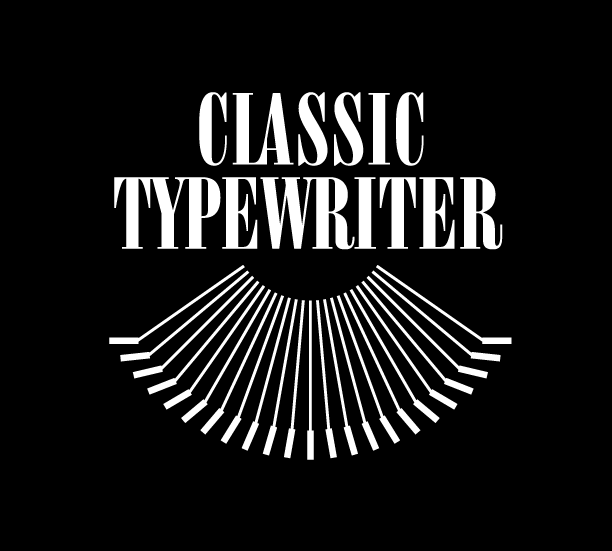Circa 1937 Smith Corona Gloss Silent, Standard, or Sterling
Welcome to your new writing machine, one of the more startlingly beautiful machines in typewriter history!
Below is the manual for your machine, in case you wish to peruse it.
Take it slowly and gently at first, and try not to force anything. Everything was tested when I sent it out, so it should be working when it arrives. I pack as carefully as possible, based on years of experience.
If something is not working as specified, we can find a solution.
That being said, each machine has it's little quirks, and that is just part of writing on a functional antique. No two are exactly alike, and I say this after going through hundreds. Learning to dance with a particular machine is a process, and a worthy one!
And some people write about skipping letters or the carriage not advancing, etc. Sometimes that has to do with the. mechanism. Usually it has to do with technique. It takes some practice to type reliably and consistently on a typewriter. Some fingers are weaker than others at first, or they linger longer, causing skipping. Use a quick, firm keystroke.
The weakness in some of these machines is the case. The top is designed to come off so you can write in your lap with the machine still attached to the bottom of the case... or you can remove it from the case entirely. However, this hinge is often weakened over time and the top tends to fall off. Be careful not to entrust your vintage writing machine to an 80 year old plywood case. Carry it with care.
When the cover is open that reveals the ribbons, be careful not to move the carriage too far or it can ding the top. Also, if the cover is not fully closed, the carriage return lever can scratch the top. All too common!
The little keys on the rear of the machine adjust the tabs. They slide onto that slotted bar. Sometimes they fall off during transport. (If you have a Clipper or Corona Standard, it doesn't not have the tab feature).
There is a ribbon reversal switch to the left of the keyboard, which usually works. If it doesn't, the ribbon auto reverses. Whenever I ship, one or (usually) both of those are always working.
There is no '1' key, use the lowercase L.
And there is no '!', please use the "," and then back up and put a period under it. (Evidently people weren't that exclamatory in their writing before the 50's)!
I use a car polish on the gloss body maybe once per year, if you want to keep it nice. Careful by the decals, as you can rub those off with ease.
As for paper, you can use any computer paper. Traditionally, typewriter paper was very thin. You'll get a different impression if you use two sheets, one as a 'backing sheet'. Or you'll get a nice feel for letters if you use cotton resume-type paper. Pretty much any paper that the rollers will hold onto will work. Card stock will even work in some machines as well, as some writers used those as note cards literally, and typed them out.
Here is the manual. You can order replacement ribbons here.
Please let me know if you have questions.
Enjoy the writing!
PS. I offer a trade-in policy, in case you ever want to upgrade or switch, you can trade your machine in for the value you paid toward anything else.
